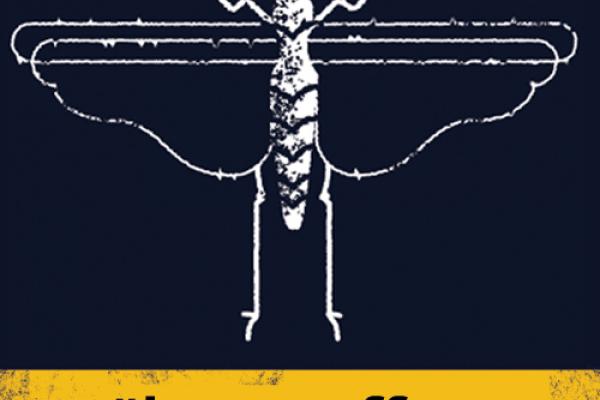Despite our best efforts, we’ve somehow missed it.
Even in the midst of our generous financial donations, volunteer hours, mission trips, and letter writing, we’ve failed to see what should have been glaringly obvious: the global poor lack the most basic ingredient for forward progression — personal security.
In their recently released book, The Locust Effect, Gary Haugen (founder of the International Justice Mission), and Victor Boutros (federal prosecutor with the U.S. Department of Justice) convincingly argue that all our best work to eradicate poverty — even while worthwhile, helpful, and well-intended — is for naught unless we concurrently address the epidemic of violence and fear facing the poor in the developing world. They write:
"...the forces of predatory violence will not simply go away... On the contrary, if the forces of violence are not restrained, it is the hope of the poor that will just keep going away...and there is nothing that our programs for feeding, teaching, housing, employing, and empowering the poor will be able to do about it."
Read the Full Article

